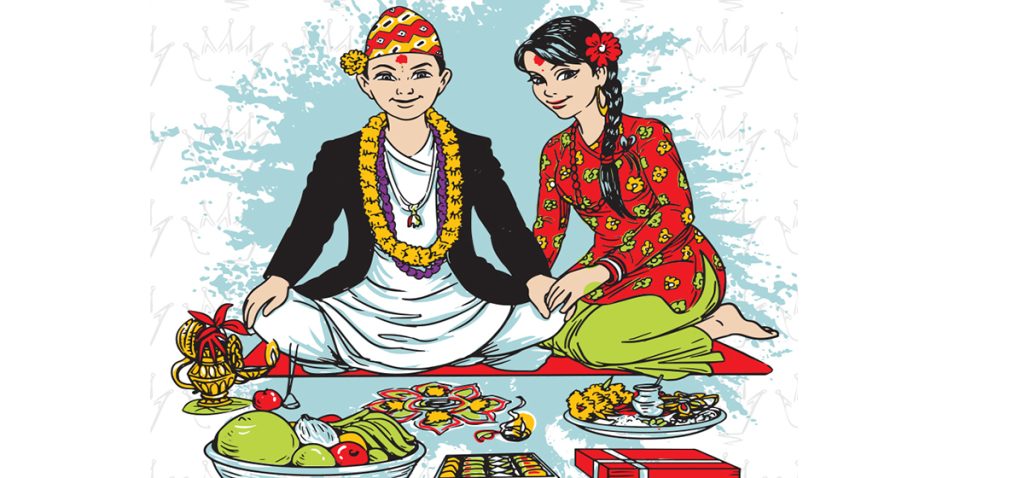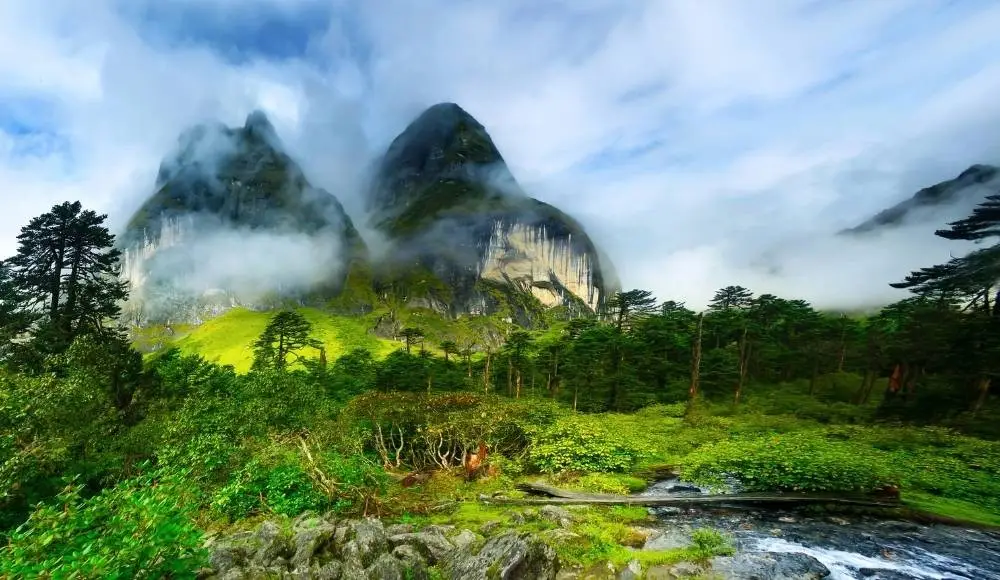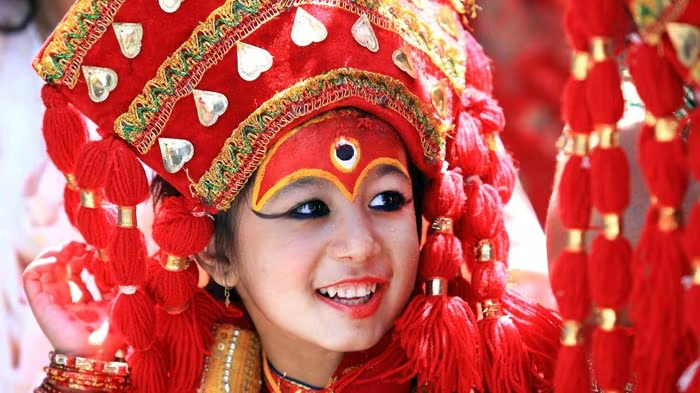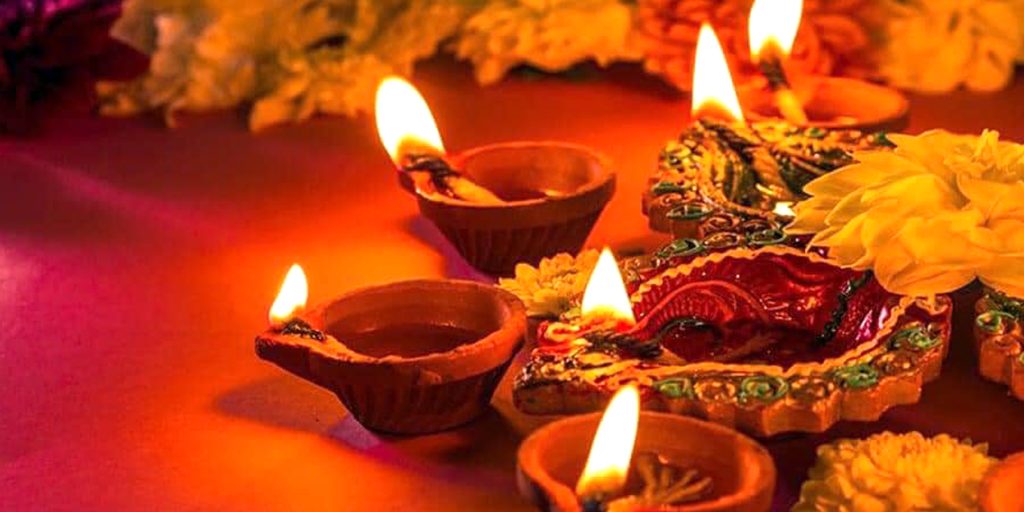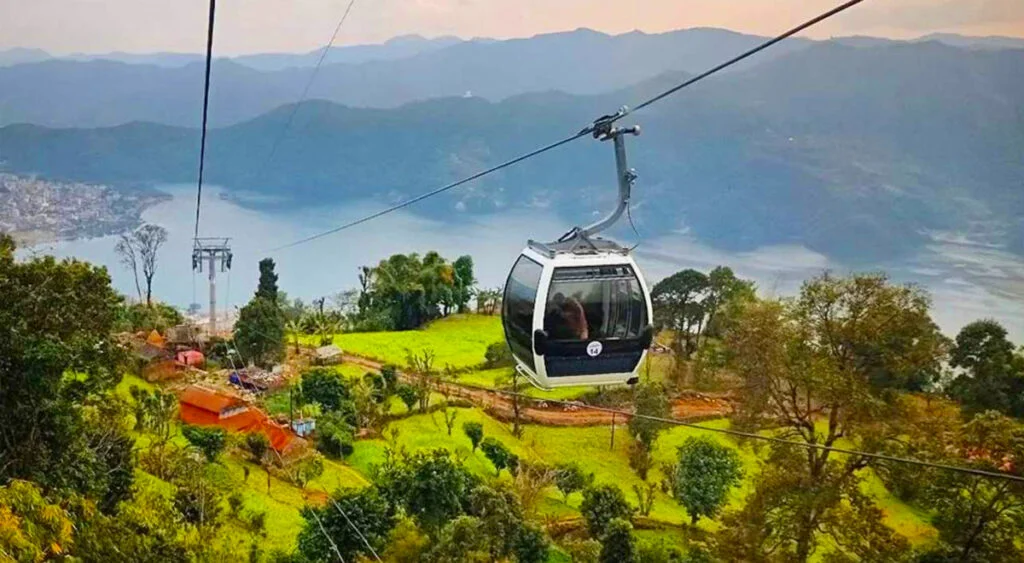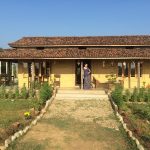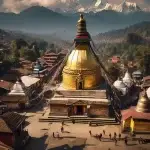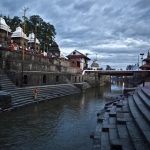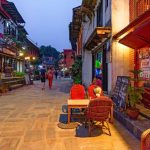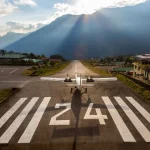Now Reading: Cultural Immersion in Nepal: A Journey You Must Experience
-
01
Cultural Immersion in Nepal: A Journey You Must Experience
Cultural Immersion in Nepal: A Journey You Must Experience
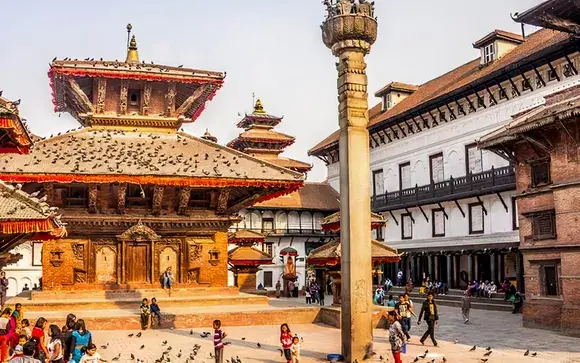
Nepal, renowned for its breathtaking mountains and treacherous trekking trails, offers much more than just natural beauty. The rich cultural heritage of this Himalayan nation invites visitors to experience life from a unique perspective. A journey through Nepal is an opportunity to immerse yourself in vibrant traditions, diverse ethnic groups, spiritual insights, and warm hospitality. In this article, we will explore how visiting Nepal at least once can deeply enrich your understanding of the world through cultural immersion.
Meeting Diverse Ethnic Groups
Nepal is home to over 120 ethnic groups, each with its distinct customs, languages, and ways of life. From the Sherpas in the high Himalayas to the Tharu people in the southern plains, every group offers unique cultural experiences.
In the mountains, Sherpa communities will welcome you with warmth, introducing their resilient lifestyle and unique traditions shaped by harsh environments. Participate in their daily rituals, taste traditional dishes like Sherpa stew or momo, and learn about their deep connection with the mountains.
In the Terai plains, visit Tharu villages and experience their vibrant culture through traditional dances, colourful clothing, and delicious cuisine. Tharu people are renowned for their hospitality and joyful celebrations, which can make any visitor feel instantly connected.
Spiritual and Religious Experiences
Nepal is deeply spiritual, offering a blend of Hinduism and Buddhism that shapes daily life and values. Visitors can explore temples, monasteries, and religious sites that inspire spiritual reflections and personal insights.
In Kathmandu, historical temples like Pashupatinath, Swayambhunath (Monkey Temple), and Boudhanath Stupa provide glimpses into centuries-old rituals and spiritual practices. Witnessing an evening Aarati ceremony at Pashupatinath or observing monks chanting prayers at a monastery creates profound spiritual moments.
In Lumbini, the birthplace of Lord Buddha, visitors find peace and serenity. This UNESCO World Heritage site offers meditation retreats and the chance to walk among ancient stupas and monasteries built by various Buddhist nations.
Participating in Festivals and Celebrations
Nepalese festivals are vibrant expressions of the country’s rich culture. Festivals like Dashain, Tihar, Holi, and Indra Jatra provide visitors with opportunities to engage directly with local traditions.
Dashain, Nepal’s largest festival, is celebrated with family gatherings, feasts, and rituals that signify the victory of good over evil. Visitors are often warmly invited to join the celebrations, sharing meals and blessings with local families.
Tihar, the festival of lights, involves lighting lamps, decorating houses, and worshipping animals like cows, dogs, and crows, reflecting deep gratitude and respect for nature. Being part of these celebrations offers a heartfelt connection with the community.
Learning Local Arts and Crafts
Nepal’s rich artistic heritage includes traditional arts and crafts that are still actively practised. Visitors can participate in workshops, learning firsthand from skilled artisans.
Thangka painting, a traditional Buddhist art form, is not just beautiful but deeply symbolic. Travellers can join painting workshops in Kathmandu or Pokhara, understanding the intricate symbolism behind each artwork.
Pottery in Bhaktapur, metalwork in Patan, and weaving techniques among local communities in the Himalayas also offer immersive experiences. These artistic traditions allow visitors to appreciate Nepal’s cultural richness while learning new skills.
Culinary Delights
Nepal’s cuisine reflects its diverse ethnic composition and geography. Sampling local food is one of the most delightful ways to experience Nepali culture.
Try the iconic dal bhat, a traditional meal consisting of rice, lentils, vegetable curries, and pickles. Dal bhat is more than just food; it symbolises Nepali hospitality, as locals often generously refill your plate until you are full.
Street foods such as momos (dumplings), chatamari (rice-flour crepes), and sel roti (sweet rice doughnuts) offer tasty cultural experiences. Food tours in cities like Kathmandu or Pokhara can help visitors taste the diversity of Nepali flavours.
Homestay Experiences
Choosing a homestay in Nepal is one of the best ways to immerse yourself in local culture deeply. Staying with a Nepali family allows visitors to experience everyday life authentically, from cooking meals together to participating in local rituals.
Villages like Ghale Gaun, Sirubari, and Bandipur offer welcoming homestays where visitors can learn about farming techniques, traditional practices, and family dynamics firsthand. These experiences create meaningful connections that often last beyond your stay.
Cultural Etiquette and Respect
Immersing in Nepali culture also means understanding and respecting local customs. Simple gestures like greeting with “Namaste,” dressing modestly when visiting religious sites, and asking permission before photographing individuals show respect and appreciation.
Learning a few Nepali phrases enhances interactions, making locals feel appreciated and fostering genuine connections. Nepali people deeply value politeness and respect, so visitors who show cultural sensitivity are warmly embraced.
Why Cultural Immersion Matters
Cultural immersion in Nepal offers much more than sightseeing. It broadens perspectives, fosters empathy, and builds deeper understanding between different communities and lifestyles. Experiencing firsthand the warmth, resilience, spirituality, and generosity of the Nepali people can profoundly influence visitors, making them more globally aware and culturally sensitive.
Final Thoughts
Visiting Nepal at least once for a cultural immersion experience can transform your outlook and enrich your understanding of the world. From participating in lively festivals and enjoying delicious traditional meals to engaging in spiritual moments and learning ancient crafts, Nepal invites you to experience life differently.
This unique blend of cultural experiences creates memories that stay with you forever, leaving you with a profound appreciation for diversity, tradition, and the simple joys of life. A journey to Nepal is not just a visit; it is a deep, meaningful exploration of humanity itself.


